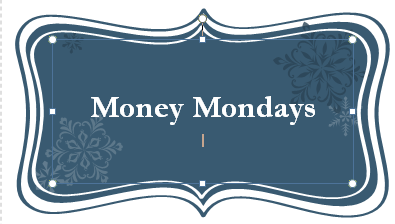Debt can be a significant burden, affecting both your financial health and peace of mind. Paying off debt faster not only saves you money on interest but also frees up your finances for other goals. Here are three effective strategies to accelerate your debt repayment journey.
1. The Debt Snowball Method
The Debt Snowball Method is a popular and motivational strategy for paying off debt. Here’s how it works:
Steps:
- List Your Debts: Write down all your debts from smallest to largest, regardless of interest rates.
- Make Minimum Payments: Continue making minimum payments on all your debts except the smallest one.
- Pay Extra on the Smallest Debt: Focus any extra money on paying off the smallest debt first.
- Snowball Effect: Once the smallest debt is paid off, take the amount you were paying on that debt and add it to the payment of the next smallest debt.
Example:
- Credit Card 1: $500
- Credit Card 2: $1,500
- Student Loan: $10,000
Focus on paying off Credit Card 1 first. Once it’s paid off, apply the payment amount from Credit Card 1 to Credit Card 2, creating a snowball effect.
Benefits:
- Psychological Boost: Paying off smaller debts quickly provides a sense of accomplishment and motivation to continue.
- Simplified Focus: Concentrating on one debt at a time can make the process feel more manageable.
2. The Debt Avalanche Method
The Debt Avalanche Method focuses on minimizing the amount of interest paid by targeting debts with the highest interest rates first.
Steps:
- List Your Debts: Organize all your debts from highest to lowest interest rate.
- Make Minimum Payments: Continue making minimum payments on all your debts except the one with the highest interest rate.
- Pay Extra on the Highest Interest Debt: Direct any extra funds toward the debt with the highest interest rate until it’s paid off.
- Move to the Next Highest Interest Debt: Once the highest interest debt is paid off, move on to the next highest, and so on.
Example:
- Credit Card 1 (18% APR): $1,000
- Credit Card 2 (15% APR): $2,000
- Car Loan (5% APR): $10,000
Start by paying off Credit Card 1. After it’s paid off, focus on Credit Card 2, then the Car Loan.
Benefits:
- Interest Savings: Reduces the total amount of interest paid over time.
- Faster Debt Reduction: By eliminating high-interest debt first, more of your payments go toward the principal balance, reducing the overall debt faster.
3. Balance Transfer and Consolidation
Balance transfers and debt consolidation can simplify your payments and reduce interest rates, making it easier to pay off debt faster.
Balance Transfer:
- Transfer Balances: Move high-interest credit card debt to a new card with a lower or 0% introductory interest rate.
- Focus on Paying Off: Aggressively pay down the balance during the promotional period before the higher interest rate kicks in.
Debt Consolidation:
- Combine Debts: Take out a consolidation loan to pay off multiple debts, leaving you with a single loan to manage.
- Lower Interest Rate: Ideally, the consolidation loan should have a lower interest rate than your existing debts, reducing the overall interest paid.
Example:
- Combine multiple credit card balances into one loan with a lower interest rate, or transfer the balances to a 0% APR card for a promotional period.
Benefits:
- Simplified Payments: Managing a single payment is easier than juggling multiple payments.
- Lower Interest Rates: Potentially reduces the amount of interest you pay, allowing more of your payment to go toward the principal.





Recent Comments